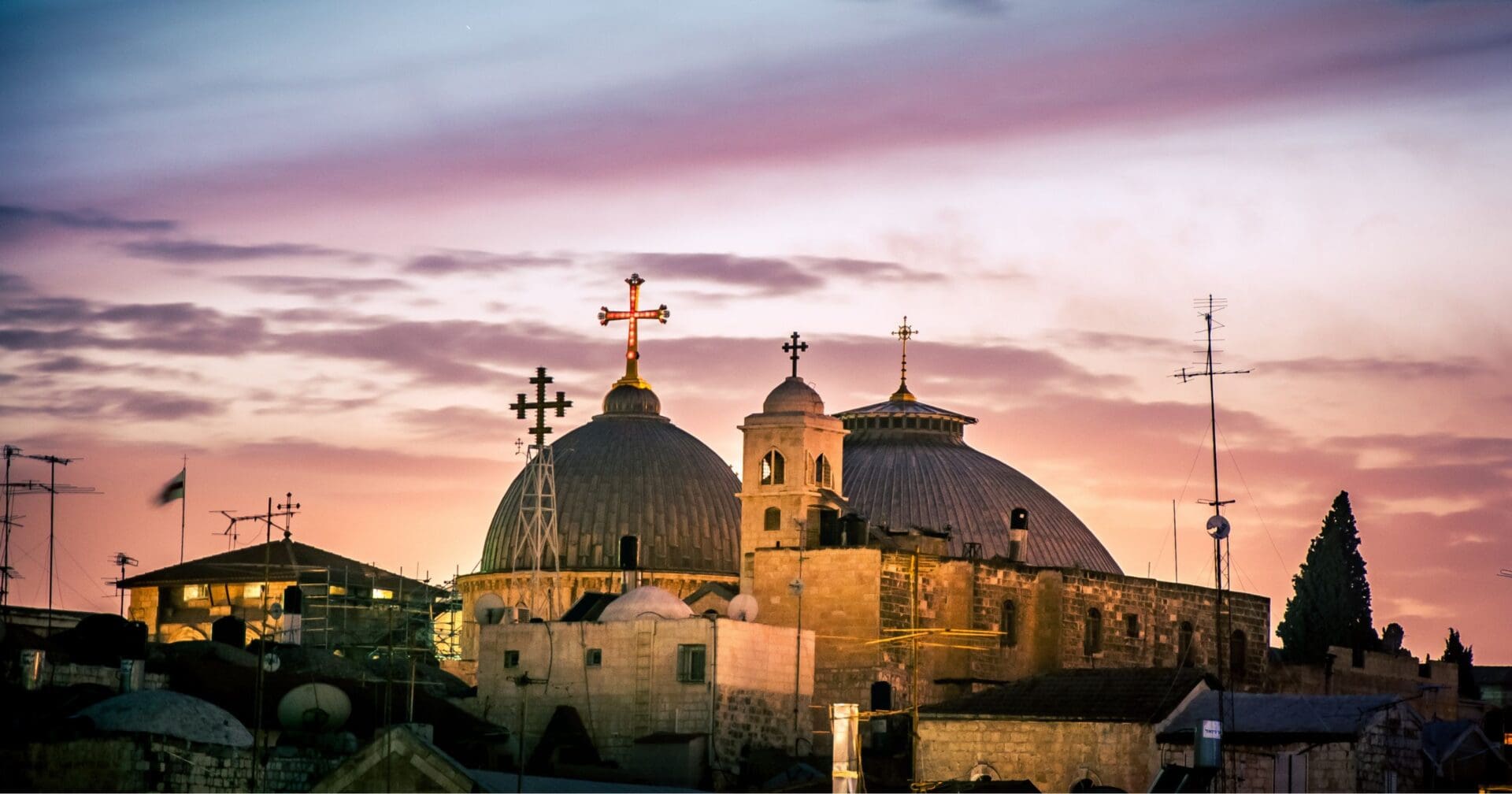Archaeologists conducting excavations under Jerusalem’s Church of the Holy Sepulchre have uncovered evidence of an ancient garden dating back approximately 2,000 years.
The discovery was made during restoration efforts initiated in 2022 to renovate the basilica’s aging 19th-century floor.
Led by Professor Francesca Romana Stasolla from Rome’s Sapienza University, archaeologists performed different analyses on soil samples extracted beneath the church.
These studies revealed the presence of olive trees and grapevines, consistent with the account from the Gospel of John which describes the Crucifixion site as being located within a garden.
“Now in the place where he was crucified there was a garden, and in the garden there was a new tomb, in which no one had yet been laid.” – John 19:41
Historical records indicate that the original church was commissioned by Emperor Constantine in the fourth century, built upon what was previously an agricultural area and earlier still, a quarry.
Among additional finds was a circular marble structure beneath the current edicule, believed to be part of Constantine’s original monument marking the tomb of Jesus.
The excavations, currently paused for Easter pilgrimages, are expected to resume shortly.
Photo credit: Framalicious / Shutterstock.com | Source: Times of Israel

















